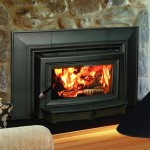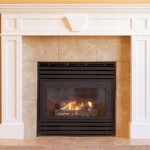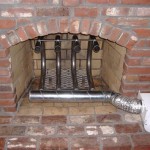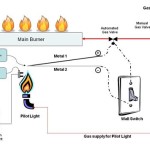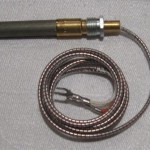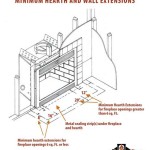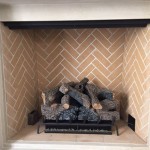Gas Fireplace Inserts: Essential Aspects for Informed Decisions
Gas fireplace inserts are renowned for their versatile heating capabilities and aesthetic appeal. They offer an array of benefits that make them an attractive choice for homeowners seeking warmth, ambiance, and energy efficiency. To ensure a satisfactory experience, it's crucial to understand the essential aspects of gas fireplace inserts before making a purchase.
Fuel Types and Efficiency
Gas fireplace inserts primarily utilize either natural gas or propane as fuel. Natural gas is typically more economical, while propane provides greater versatility and convenience. The efficiency of a gas fireplace insert is measured by its Annual Fuel Utilization Efficiency (AFUE). Higher AFUE ratings indicate better efficiency, translating to lower energy consumption and reduced heating costs.
Firebox Styles and Framing Options
Firebox styles vary widely in gas fireplace inserts. Traditional fireboxes mimic the look of wood-burning fireplaces, while modern designs offer sleek and contemporary aesthetics. Framing options include zero-clearance and conventional frames. Zero-clearance frames allow for closer placement to combustible materials, while conventional frames provide more flexibility in terms of installation.
Remote Control and Automation
Convenience plays a significant role in modern fireplace inserts. Remote controls enable you to adjust flames, ignition, and temperature from the comfort of your chair. Some models also feature smartphone or tablet integration, offering advanced control options and monitoring capabilities.
Venting Options
Gas fireplace inserts require proper venting to exhaust combustion gases. Direct-vent inserts seal combustion air from the room and vent it directly outside, ensuring safety and efficiency. B-vent inserts utilize existing chimneys for venting, providing a more traditional approach.
Safety Features
Safety is paramount when it comes to gas fireplace inserts. Several essential safety features include automatic ignition systems, flame sensors, and oxygen depletion sensors. These features continuously monitor flame operation and shut down the fireplace if any irregularities are detected.
Professional Installation
Gas fireplace inserts are complex appliances that require professional installation by certified technicians. A qualified installer will ensure proper venting, gas connection, and safety measures are in place.
Maintenance and Cleaning
Regular maintenance and cleaning are critical to prolong the lifespan and performance of your gas fireplace insert. This includes cleaning the glass, burners, and igniter regularly. Additionally, an annual professional inspection and cleaning are recommended for optimal operation and safety.
Conclusion
Gas fireplace inserts offer numerous advantages, from enhanced heating efficiency to ambiance and convenience. By considering the essential aspects discussed in this article, you can make an informed decision that aligns with your specific needs and preferences. Remember, professional installation and ongoing maintenance are essential to ensure optimal safety and enjoyment of your gas fireplace insert for years to come.

Napoleon Gas Fireplace Inserts Patio Palace

Short Pump Va Fireplaces Stoves Gas Inserts Wood

Nfi Certified Gas Fireplace Insert Installations Buffalo Rochester Ny

Oakville 3 Gdi3ne 1 Napoleon

Gas Fireplace Inserts Modern Burning Fort Collins Fireplaces

Belmont Small Gas Insert

Contemporary Gas Fireplace Inserts Provide Several Benefits Kozy Heat Fireplaces

Mendota Luxury Gas Fireplaces Inserts

Enviro E Series Gas Or Propane Insert Fireplace Fireplaces By Cameron

35 Ruby Contemporary Intellifire Touch Direct Vent Fireplace Insert Blower And Remote Electronic Ignition Majestic
Related Posts

